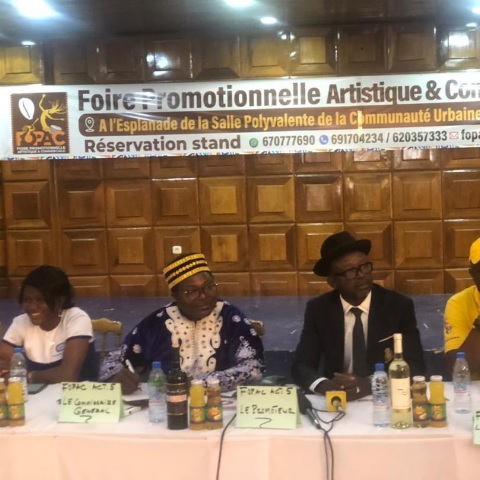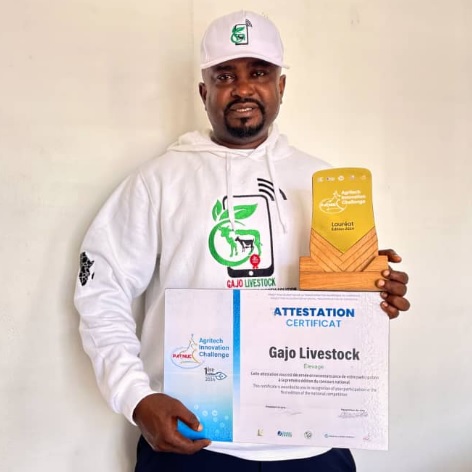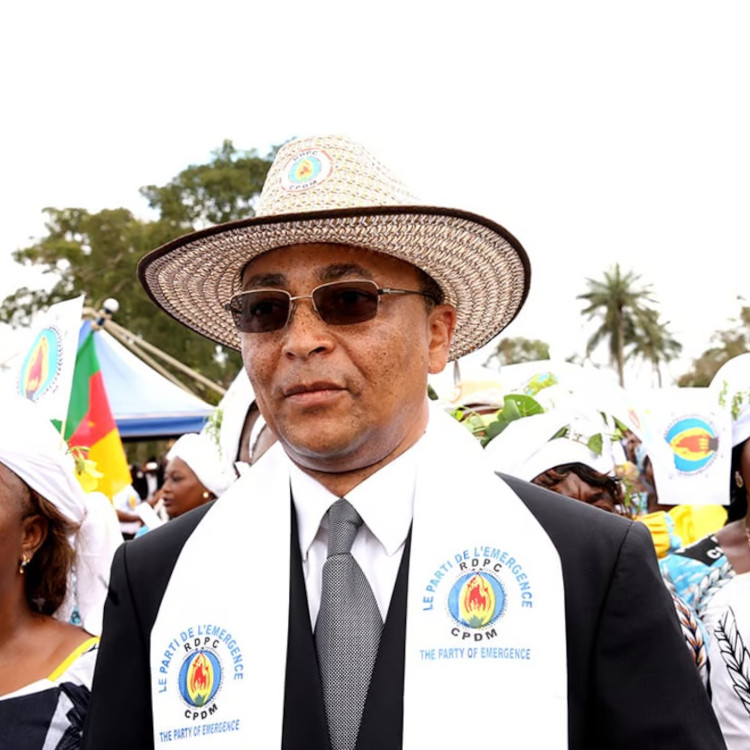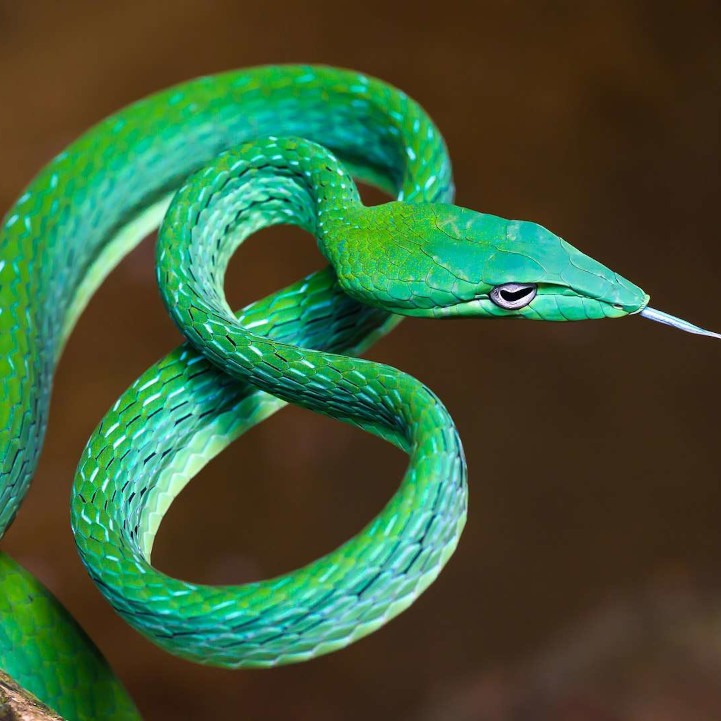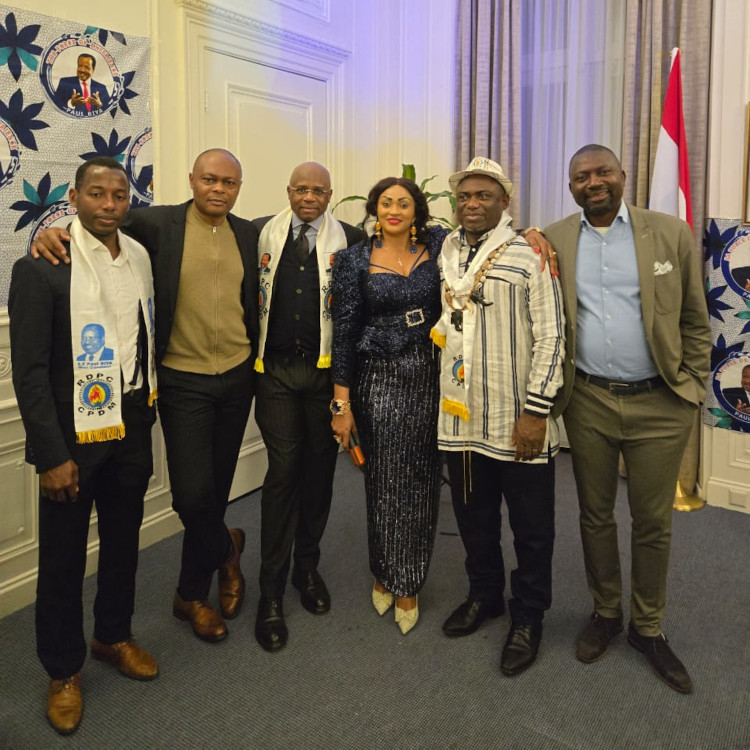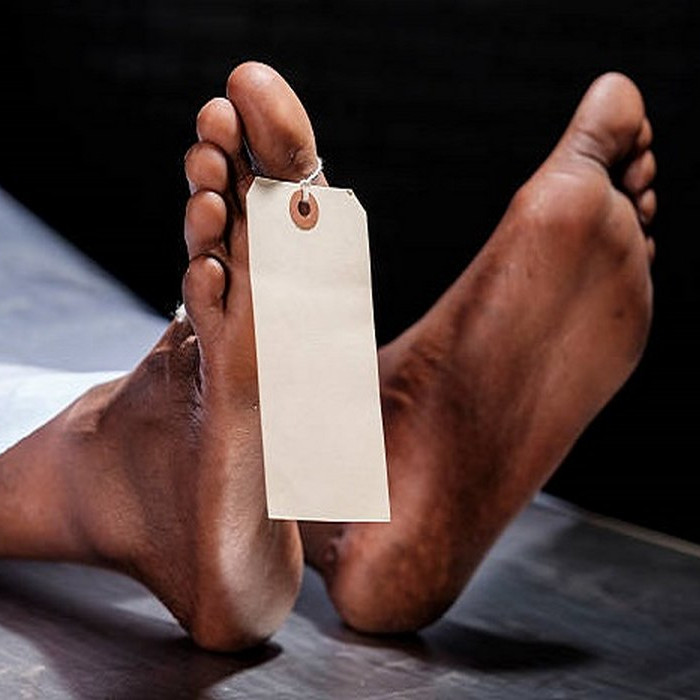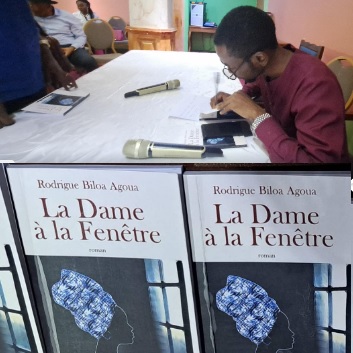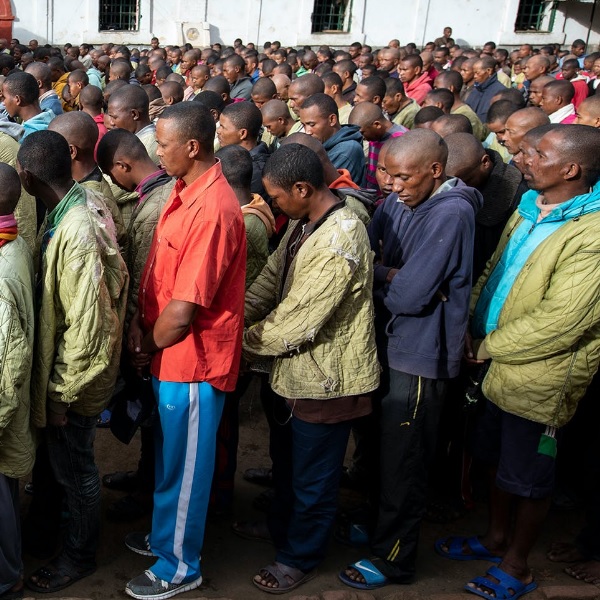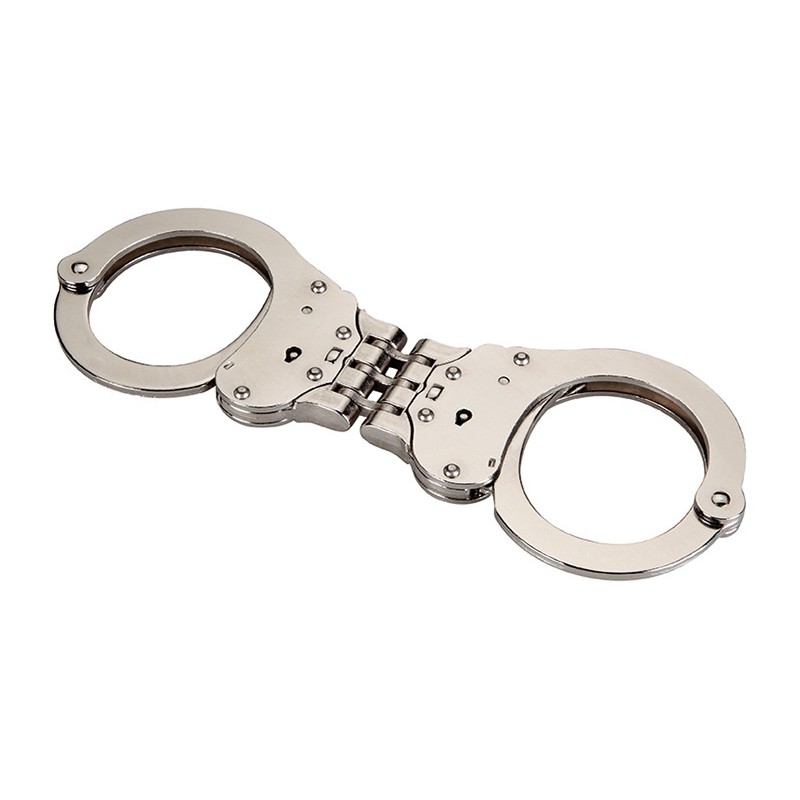

-
© Camer.be : Franck BAFELI
- 07 Mar 2020 08:22:00
- |
- 1957
- |
CAMEROUN :: Trafficker arrested in Bandjoun :: CAMEROON
A man was arrested in Bandjoun on February 24, 2020 by wildlife officials for trafficking in five leopard skins. He was arrested at a filling station when the car he was boarding stopped at the petrol station for fuel. The arrest was carried out by the Koung-Khi Divisional Delegation of Forestry and Wildlife in collaboration with Bandjoun gendarmerie brigade. A non-governmental organization called LAGA provided technical assistance during the operation.
Wildlife officials and the gendarmerie had been tracking the car that left Bafoussam that morning and was moving to Bandjoun. The trafficker sat at the backseat with a bag containing the skins and when the vehicle that stopped to refuel at a petrol station along the Bafoussam – Bandjoun highway, officials who had been bidding their time sprang into action and surrounded the car. The trafficker was quickly asked to present the contents of his bag and upon verification by a member of the arresting team, the leopard skins were immediately found. He was driven to the Bandjoun gendarmerie brigade where the process of his prosecution began.
According to preliminary investigation he is suspected to belonging to a trafficking network that runs the leopard skins trade in the West Region. According to sources close to the matter that requested for anonymity, the network equally deals in several other wildlife contraband. The arrested trafficker runs a shop at one of Bafoussam’s main markets.
Trafficking in leopard skins in the West Region is commonly seen and last year, three traffickers were arrested with four leopard skins in Loum. The leopard is totally protected by 1994 wildlife law and anyone found in possession of her skins is liable to a prison term of up to 3 years and or a fine of up to 10 million francs.
Since 2016, the IUCN classified the leopard as vulnerable and therefore almost threatened with extinction. The animal faces several threats especially at the hands of poachers who go after the species for her skins used in luxury and prestige objects while it bones are used in traditional Asian medicine despite doubtful therapeutic properties. This explains why it is given the highest level of protection by the convention regulating the international trade in wildlife species. The Convention on the International Trade in Endangered Species (CITES) listed the leopard in Appendix I, the highest protection it gives, since 1975. The Dja reserve has some of the last populations in the country and seemingly it is becoming an imperative to step up protection for the elusive feline species.
Lire aussi dans la rubrique SOCIETE
Les + récents
Douala : Un tueur en série arrêté à Ndogbong, quatre vies brutalement fauchées
Empire des Baboke : Du cabinet présidentiel aux stations-service, l'ascension controversée
Nouvelle taxe au Cameroun : La « Taxe de Développement Local » soulève la controverse
Vinicius Junior découvre ses racines camerounaises : un test ADN révèle ses origines Tikar
Législatives au Sénégal : Victoire écrasante du PASTEF.
SOCIETE :: les + lus
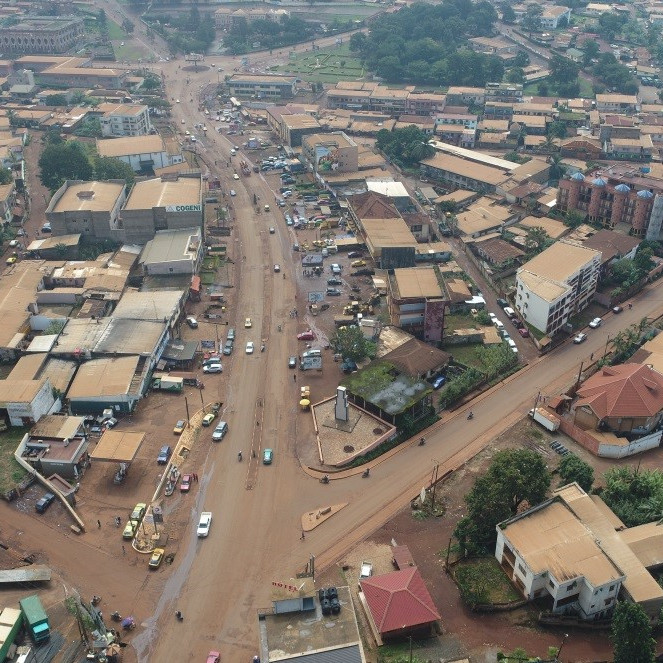
26 élèves surpris en train de tourner un film osé à Bafoussam
- 30 April 2015
- /
- 992246

Brenda biya sème la terreur en boîte de nuit à Yaoundé
- 15 July 2015
- /
- 531573

Menacée de mort par sa famille car elle est lesbienne
- 03 March 2016
- /
- 414813

Oyom-Abang : une femme marche nue à Yaoundé VII
- 09 July 2015
- /
- 379065

LE DéBAT




Afrique : Quel droit à l'image pour les défunts au Cameroun ?
- 17 December 2017
- /
- 183461









